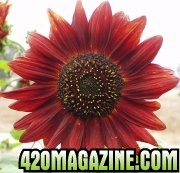These are the 12x12 mixed red/blue spectrum LED panels.
I will be testing these on sunflowers
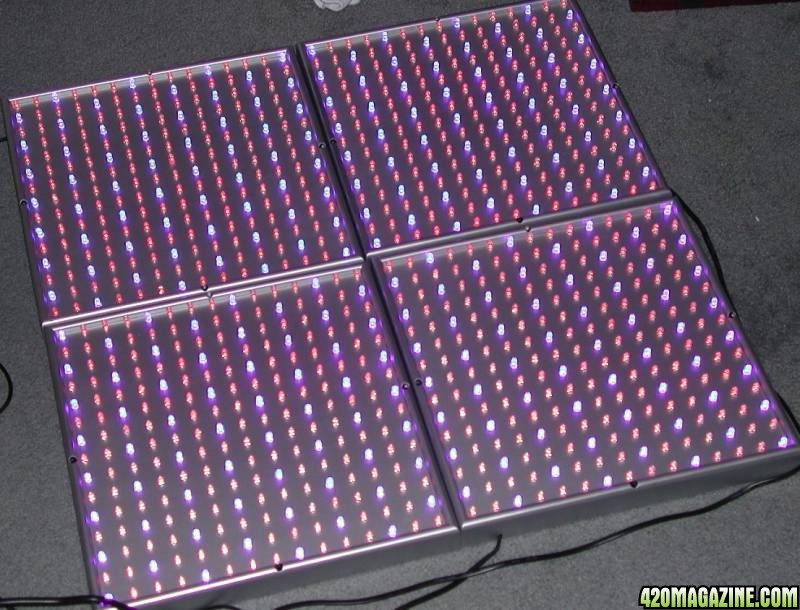
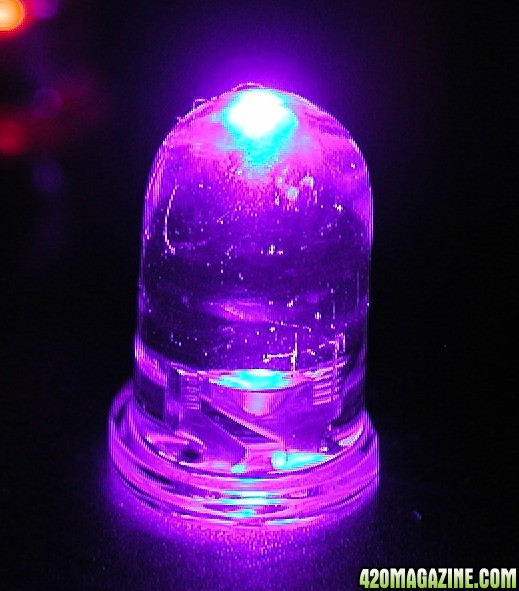
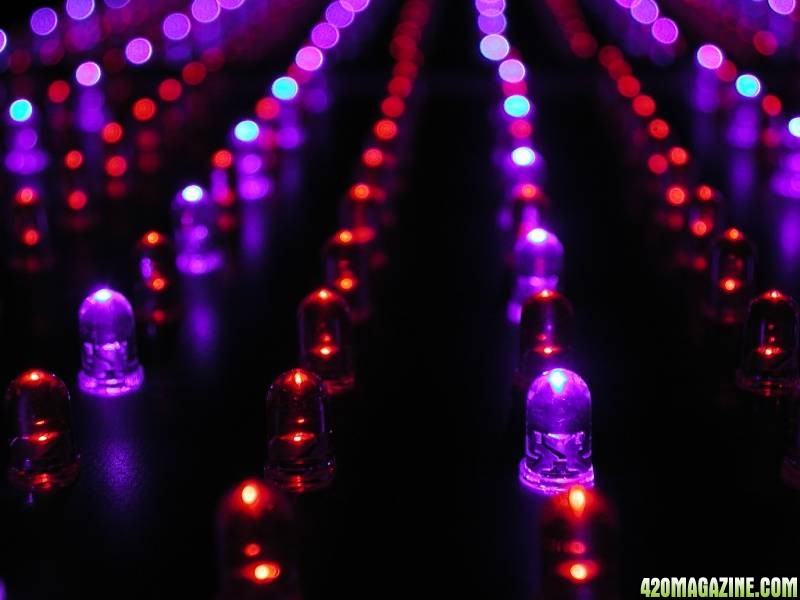
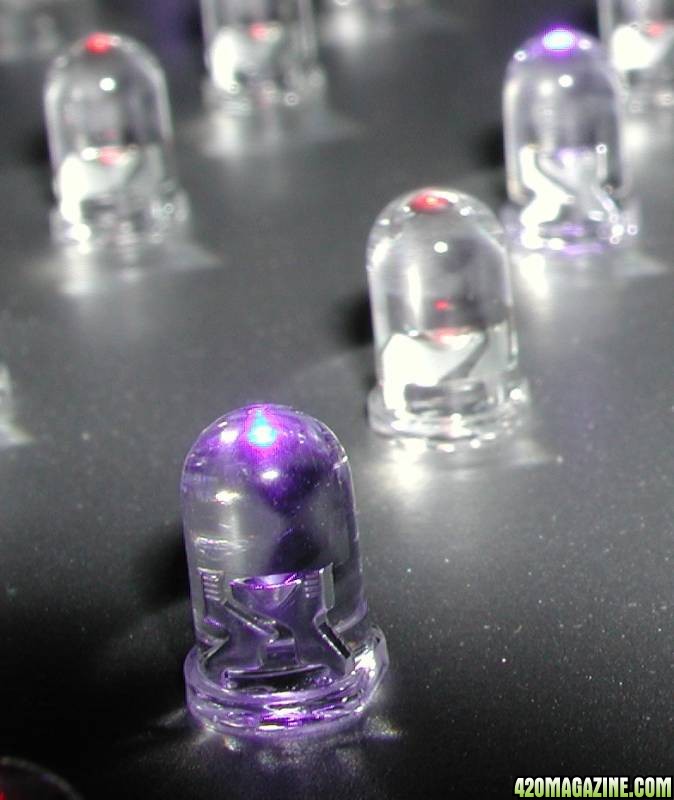
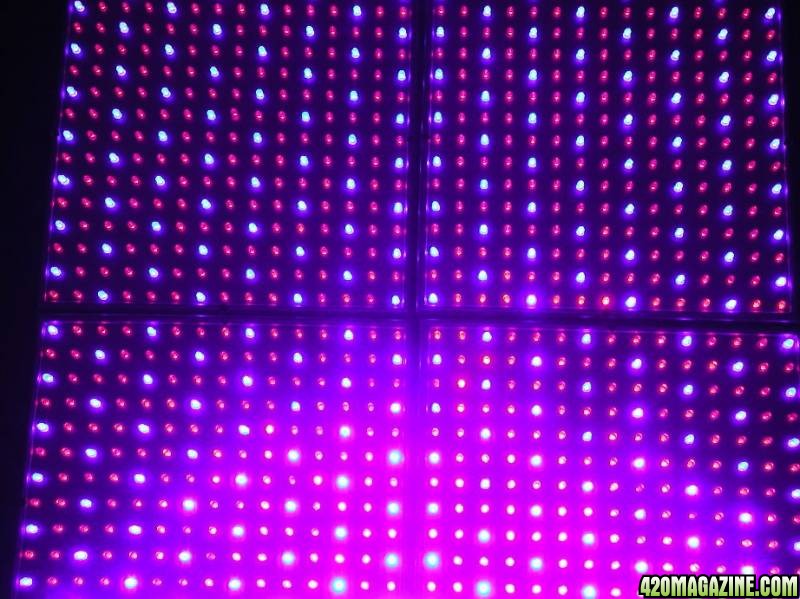
This is the Footprint of light at 8 Feet (almsot 3 meters)
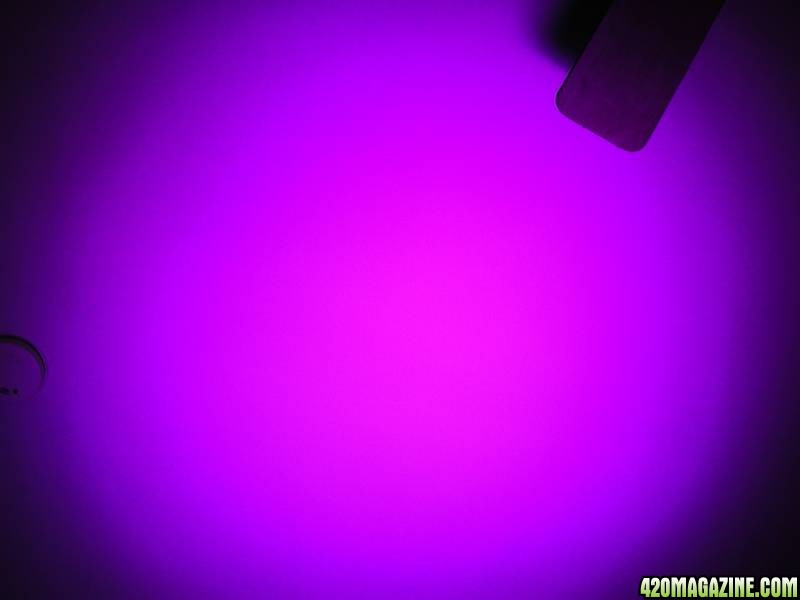
Specs:
DESCRIPTION:Quality built dual color blended LED Grow Light Panel
FEATURES: Solid state, Cooler running, High efficiency, Wide angle, Dual Color Blended full spectrum plant lighting.
BENIFITS: This panel has no ballasts to burn out like other plant lights. It does not run hot, just warm. You will not experience unsightly brown burned leaves when they accidentally touch the LEDs. This is common with most other lights that get very hot. This more controlled running temperature reduces the need to water so often and keeps rooms with plants from getting uncomfortably hot in the summer months requiring additional air conditioning. Extreme energy efficiency permits this new LED panel to pay for itself many times over each year in electricity savings. It saves 50% to 90% in energy consumptioncompared to incandescent bulbs or fluorescent tubes. Wide angle projection insures uniform leaf coverage.
Scientifically calculated even blending of red and blue LEDs eliminates the time consuming task of repositioning separate colored lights back and forth trying to achieve uniform exposure. 14 to 16 hours per day is all that is necessary for maximum plant health with this wave blended lighting system. This allows distances 6" and less between the LEDs and the plants accelerating photosynthesis. Red and blue wavelengths are for growing and flowering of plants.The typical white plant lights that are very hot is unnecessary and just consume excessive electricity. The purity of the LED generated light lengthens flowering periods. These LEDs turn on instantly and can be turned on by hand each day or work well with all standard lamp timers.
The design of this new all in one Full Spectrum plant lighting panel allows maximum level photosynthesis food production, growth and flowering all in one. It is the new Full Spectrum system providing maximum plant health, beauty and productivity.
These LED light panels are perfect as an all year plant light for permanent plant benches and especially productive for spring vegetable and flower seedling development.
Specifications:
Body material: Thermoplastic
Circuitry board material: Diecast Chrome
60 Blue light LEDs: 465nm (nanometer) wave length
165 Red light LEDs: 650nm (nanometer) wave length
165 + 60 = Total 225 LEDs
Color: Red + Blue = Purple looking to the eyes
Working Voltage: 12V or 110V-220V (This only works on 110 Volt. We have 12 Volt and 220 volt in Different Listings)
Power: 13.8 Watts
Dimensions: 12 ¼ x 12 ¼ inches (30.5cm x 30.5) square
Thickness: Low profile 1.25" or 32 mm
Power cord length: 48 inches that plugs in
Plug Type: Plugs in Standard 110 Volt Sockets Canada & USA.
Recommended coverage: one panel per 18" x 18" (about 2 sq ft). 4 Panels = 8 st. ft)
LED life: Approx. 15 years used all year long.
I will be testing these on sunflowers

This is the Footprint of light at 8 Feet (almsot 3 meters)
Specs:
DESCRIPTION:Quality built dual color blended LED Grow Light Panel
FEATURES: Solid state, Cooler running, High efficiency, Wide angle, Dual Color Blended full spectrum plant lighting.
BENIFITS: This panel has no ballasts to burn out like other plant lights. It does not run hot, just warm. You will not experience unsightly brown burned leaves when they accidentally touch the LEDs. This is common with most other lights that get very hot. This more controlled running temperature reduces the need to water so often and keeps rooms with plants from getting uncomfortably hot in the summer months requiring additional air conditioning. Extreme energy efficiency permits this new LED panel to pay for itself many times over each year in electricity savings. It saves 50% to 90% in energy consumptioncompared to incandescent bulbs or fluorescent tubes. Wide angle projection insures uniform leaf coverage.
Scientifically calculated even blending of red and blue LEDs eliminates the time consuming task of repositioning separate colored lights back and forth trying to achieve uniform exposure. 14 to 16 hours per day is all that is necessary for maximum plant health with this wave blended lighting system. This allows distances 6" and less between the LEDs and the plants accelerating photosynthesis. Red and blue wavelengths are for growing and flowering of plants.The typical white plant lights that are very hot is unnecessary and just consume excessive electricity. The purity of the LED generated light lengthens flowering periods. These LEDs turn on instantly and can be turned on by hand each day or work well with all standard lamp timers.
The design of this new all in one Full Spectrum plant lighting panel allows maximum level photosynthesis food production, growth and flowering all in one. It is the new Full Spectrum system providing maximum plant health, beauty and productivity.
These LED light panels are perfect as an all year plant light for permanent plant benches and especially productive for spring vegetable and flower seedling development.
Specifications:
Body material: Thermoplastic
Circuitry board material: Diecast Chrome
60 Blue light LEDs: 465nm (nanometer) wave length
165 Red light LEDs: 650nm (nanometer) wave length
165 + 60 = Total 225 LEDs
Color: Red + Blue = Purple looking to the eyes
Working Voltage: 12V or 110V-220V (This only works on 110 Volt. We have 12 Volt and 220 volt in Different Listings)
Power: 13.8 Watts
Dimensions: 12 ¼ x 12 ¼ inches (30.5cm x 30.5) square
Thickness: Low profile 1.25" or 32 mm
Power cord length: 48 inches that plugs in
Plug Type: Plugs in Standard 110 Volt Sockets Canada & USA.
Recommended coverage: one panel per 18" x 18" (about 2 sq ft). 4 Panels = 8 st. ft)
LED life: Approx. 15 years used all year long.





